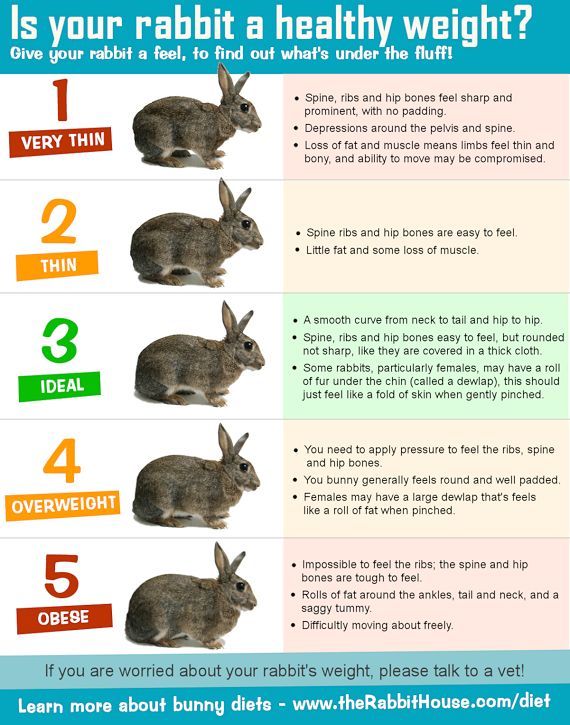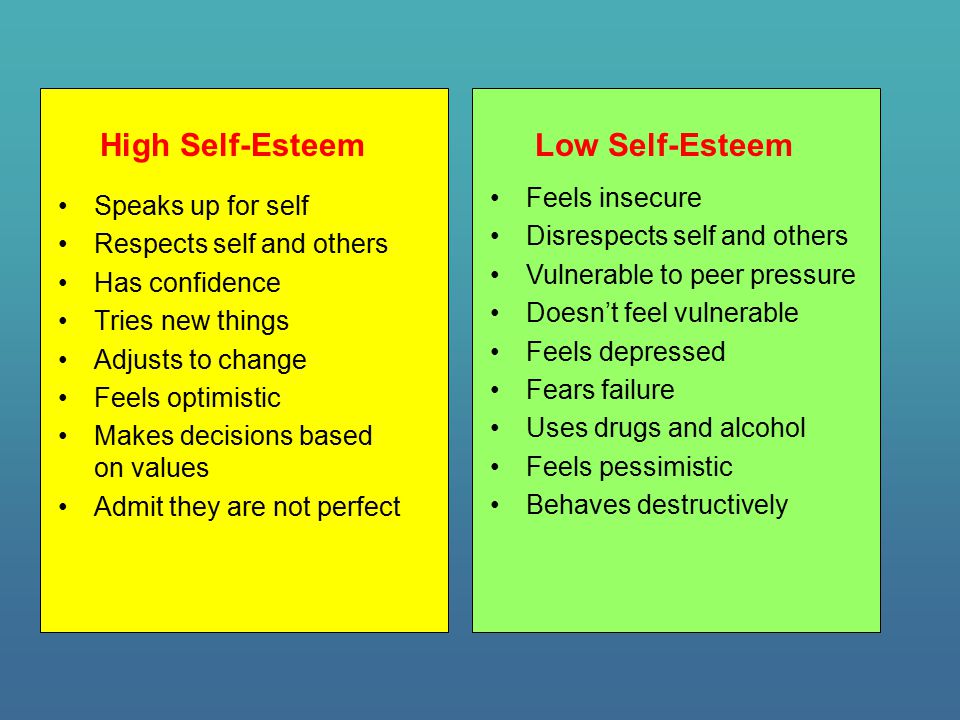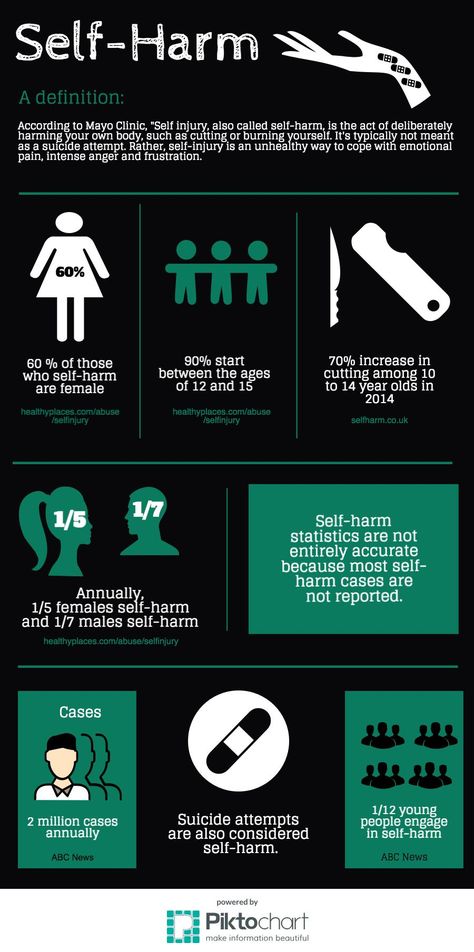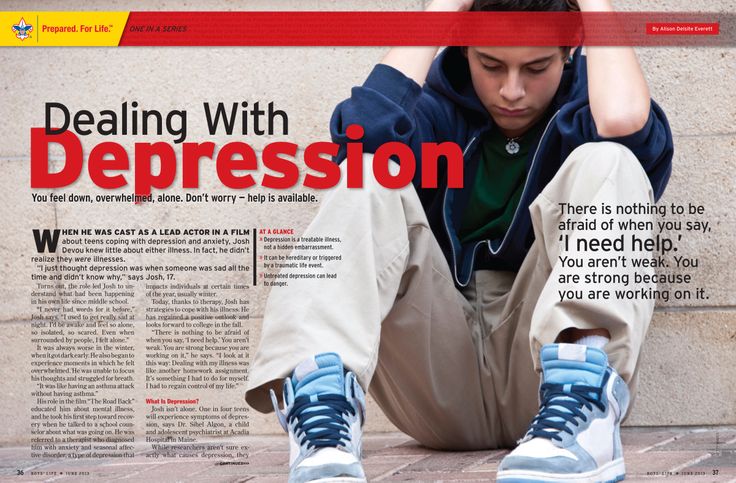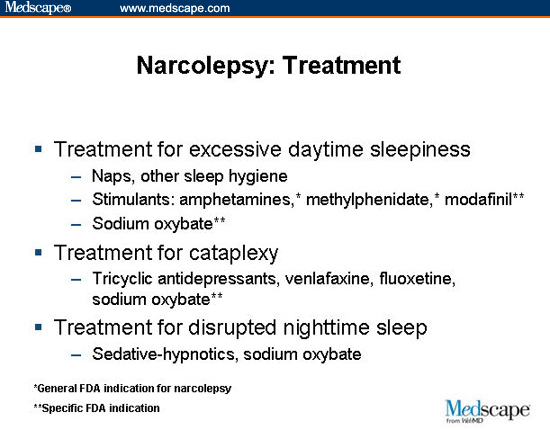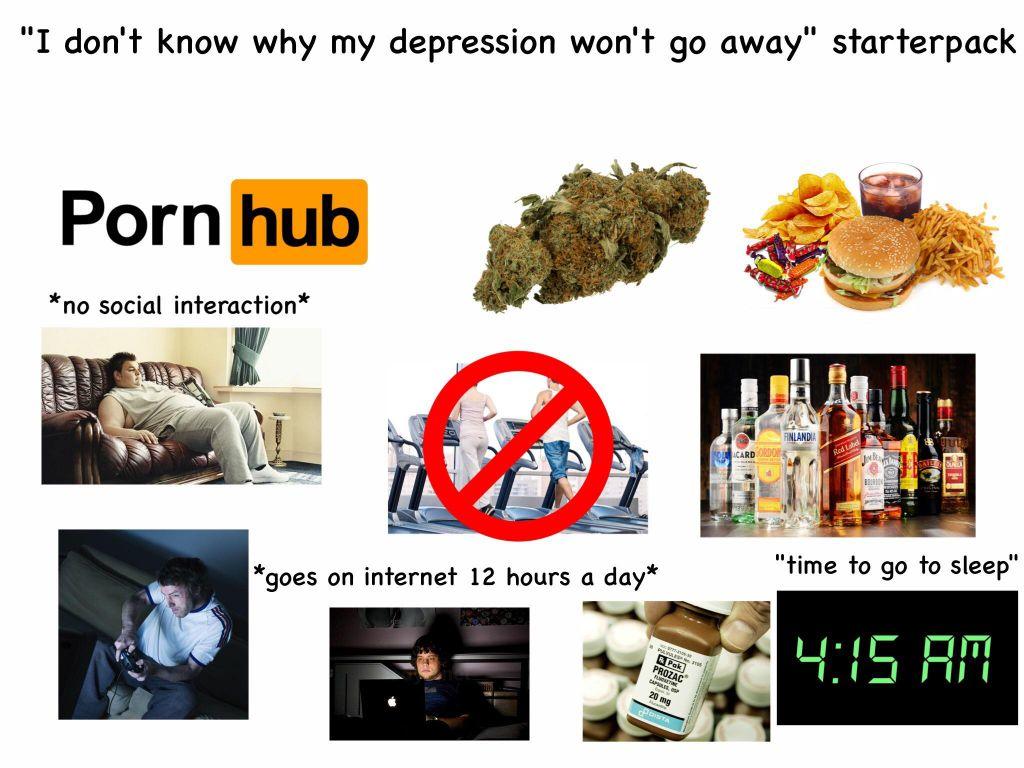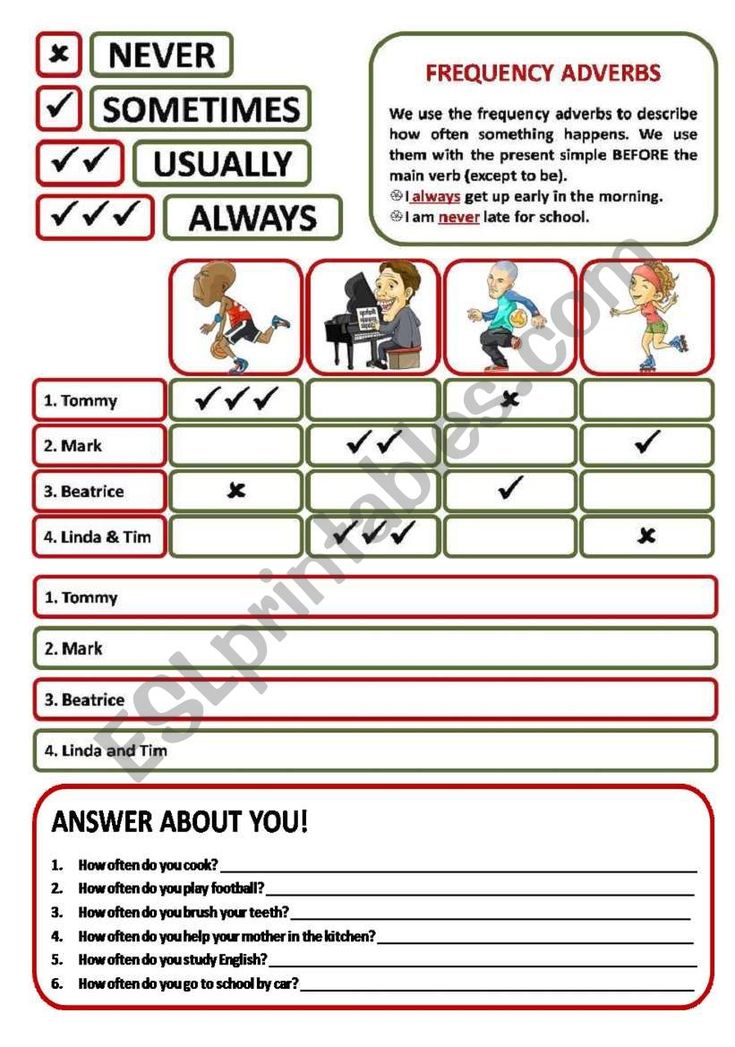Mania versus hypomania
Mania vs. Hypomania: What’s the Difference?
Mania and hypomania are symptoms that can occur with bipolar disorder. They can also occur in people who don’t have bipolar disorder.
What is mania?
Mania is more than just having extra energy. It’s a mood disturbance that makes you atypically energized, both physically and mentally, for a week or more. Mania can be severe enough to require you to be hospitalized.
Mania can occur in people with bipolar I disorder. In many cases of bipolar I, manic episodes can alternate with periods of depression.
However, people with bipolar I disorder don’t always have depressive episodes, and it’s very common for an individual to have more typical moods in between episodes.
What is hypomania?
Hypomania is a milder form of mania. If you’re experiencing hypomania, your energy level is higher than usual, but it’s not as extreme as in mania, and it may only last for a few days.
Other people may notice if you have hypomania, but in many cases, you won’t need to be hospitalized for it.
People with bipolar II disorder may experience hypomania that alternates with depression, or they may have more typical emotional states in between each.
The main differences between mania and hypomania are the intensity of the symptoms and how long those symptoms last. Symptoms of mania are much more intense than those of hypomania and can last for a week or more.
Symptoms of mania and hypomania
While they vary in intensity, most of the symptoms of mania and hypomania are the same. The key symptoms include:
- having higher-than-typical energy levels
- being restless or unable to sit still
- having a decreased need for sleep
- having increased self-esteem or confidence, or grandiosity
- being more talkative
- having a racing mind, or having lots of new ideas and plans
- having decreased inhibitions
- having increased sexual desire
- engaging in potentially risky behavior that may be atypical for you, such as having impulsive sex, gambling with life savings, or going on big spending sprees
The slight differences between mania and hypomania include:
| Mania | Hypomania |
|---|---|
Your behavior is so extreme that regular activities cannot be maintained. | People might notice changes, but your regular activities may still be maintained. |
| Delusions or hallucinations may occur. | Typically, delusions and hallucinations do not occur. |
| Feelings of invincibility are common. | Risk-taking is common. |
| You may feel “detached” from reality. | You may feel easily distracted. |
During a manic or hypomanic phase, you may not be able to recognize these changes in yourself.
The more severe symptoms of mania
Unlike hypomanic episodes, manic episodes can lead to serious consequences. When the mania subsides, you may experience remorse or depression for things you’ve done during the episode.
With mania, you may also have a break with reality. Psychotic symptoms can include:
- visual or auditory hallucinations
- delusional thoughts
- paranoid thoughts
Mania and hypomania are common symptoms of bipolar disorder. However, they can also be brought on by:
However, they can also be brought on by:
- sleep deprivation
- medication
- alcohol use
- drug use
The exact cause of bipolar disorder is unclear. Family history may play a role. You may be more likely to develop bipolar disorder if you have a family history of the illness.
Brain structure may also play a role, but there isn’t enough research to draw conclusions about this.
You’re at an increased risk of mania or hypomania if you’ve already had an episode. Your risk may also increase if you have bipolar disorder and are unable to take your medications as your doctor prescribes.
Mania and hypomania, as well as bipolar disorder itself, can’t be prevented. However, you can take steps to lessen the effects of an episode.
Maintaining your support systems and working with a mental health professional are two methods to lessen the possibility of an episode, as well as manage one if it occurs.
Above all, if you have a treatment plan, it’s important to stick with it. Take your medications as prescribed and keep an open line of communication with your doctor. Working together, you and your doctor can manage your symptoms and improve your quality of life.
Take your medications as prescribed and keep an open line of communication with your doctor. Working together, you and your doctor can manage your symptoms and improve your quality of life.
“Bipolar mania can be a scary thing to experience. But the good news is that bipolar disorder is treatable. Since receiving my diagnosis, I’ve found the right medication and the right dosage so that day-to-day life is totally normal.”
— Mara Robinson
If you believe you may be dealing with symptoms of mania, hypomania, or bipolar disorder itself, it’s a good idea to talk with your regular doctor first. During your appointment, your doctor will likely take your medical history and do a physical exam.
It’s important that you tell your doctor about all the prescription and over-the-counter medications and supplements you take, as well as any illegal drugs you may have taken.
If your doctor suspects you are indeed dealing with mania or hypomania, they will likely refer you to a mental health professional for an actual diagnosis.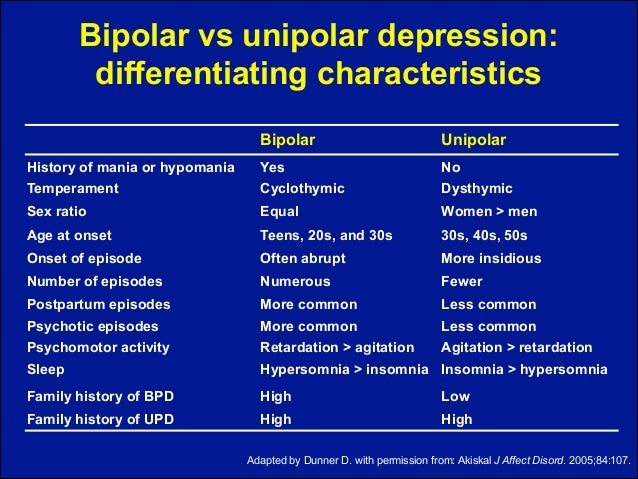
Diagnosing mania and hypomania can be complicated. For instance, you may not be aware of some symptoms or how long you’ve been having them.
Also, if you have depression but your doctor is unaware of your manic or hypomanic behavior, they may diagnose you with depression instead of bipolar disorder.
In addition, other health conditions can cause mania and hypomania.
Diagnosing mania
In most cases, symptoms must last at least a week for your doctor to diagnose them as mania. However, if your symptoms are so severe that you’re hospitalized, a diagnosis can be made even if the symptoms last for a shorter time.
Diagnosing hypomania
Your symptoms must persist for at least 4 days for your doctor to diagnose hypomania.
To treat mania and hypomania, your doctor may prescribe psychotherapy as well as medication. The medication can include mood stabilizers and antipsychotics.
You may need to try several different medications before your doctor discovers the right combination to treat your symptoms effectively.
It’s important that you take your medication as your doctor prescribes. Even if you have side effects from the drugs, it can be dangerous to stop taking your medication without your doctor’s supervision.
If you have problems with side effects, talk with your doctor. They may be able to switch you to a different kind of treatment that isn’t so difficult on your body.
For hypomania, it’s often possible to cope without medication. Healthy lifestyle habits can help, such as:
- maintaining a balanced, nutritious diet
- getting physical activity every day
- keeping a regular sleep schedule and prioritizing rest
- keeping a journal that notes any mood changes or changes pointed out by loved ones
These tips can help you cope with mania and hypomania:
- Learning all you can about your condition. Mania and hypomania can be managed. Learn to recognize personal triggers so you can do your best to avoid them if possible.

- Keeping a mood diary. By charting your moods, you might be able to spot early warning signs. With your doctor’s help, you may also be able to prevent an episode from worsening. For instance, if you learn to spot the early warning signs of a manic episode, you can work with your doctor to manage it.
- Staying in treatment. If you have bipolar disorder, treatment is key. It might even be a good idea to get your family involved in therapy.
- Watching for suicidal thoughts. If you have thoughts of self-harm, speak with a trusted friend or family member immediately or contact a suicide prevention hotline.
- Reaching out to others for help. Asking for help is a strength, not a weakness. Talk with loved ones about your situation and how they can best help you succeed. Look up support groups for individuals living with bipolar disorder. The more support you have, the less alone you may feel.
Suicide prevention
If you have thoughts of harming yourself, tell your family or doctor right away.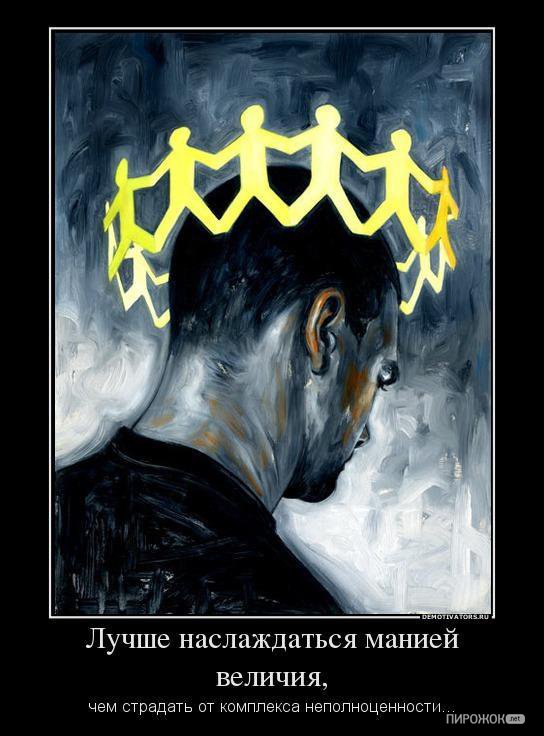
You can also call the National Suicide Prevention Lifeline at 800-273-TALK (800-273-8255). Trained counselors are available 24/7.
Mania and hypomania are two common symptoms of bipolar disorder, but they can occur outside of that disorder as well. Both mania and hypomania can cause a marked increase in energy, uplifted emotions, risk-taking behaviors, and irritability.
While the episode may feel good while it’s occurring, both conditions can cause an individual to do things they might regret later.
Mania can be especially harmful if not properly managed.
Although these two mental health conditions share similar characteristics, the big differences between mania and hypomania are the severity and the length of time an episode lasts.
If you believe you or someone you love is experiencing a manic or hypomanic episode, talk with a mental health professional as soon as you can.
Manic episodes can be treated with medication, therapy, and support. Hypomanic episodes can sometimes be managed with lifestyle changes instead of medication.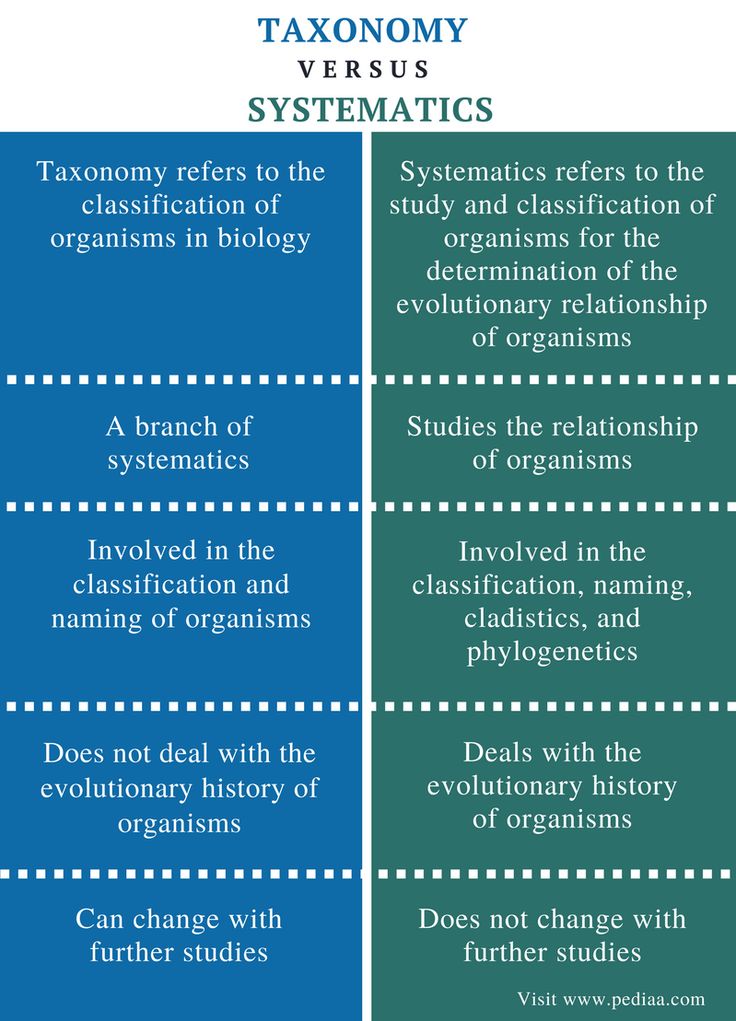
Mania vs. Hypomania: What’s the Difference?
Mania and hypomania are symptoms that can occur with bipolar disorder. They can also occur in people who don’t have bipolar disorder.
What is mania?
Mania is more than just having extra energy. It’s a mood disturbance that makes you atypically energized, both physically and mentally, for a week or more. Mania can be severe enough to require you to be hospitalized.
Mania can occur in people with bipolar I disorder. In many cases of bipolar I, manic episodes can alternate with periods of depression.
However, people with bipolar I disorder don’t always have depressive episodes, and it’s very common for an individual to have more typical moods in between episodes.
What is hypomania?
Hypomania is a milder form of mania. If you’re experiencing hypomania, your energy level is higher than usual, but it’s not as extreme as in mania, and it may only last for a few days.
Other people may notice if you have hypomania, but in many cases, you won’t need to be hospitalized for it.
People with bipolar II disorder may experience hypomania that alternates with depression, or they may have more typical emotional states in between each.
The main differences between mania and hypomania are the intensity of the symptoms and how long those symptoms last. Symptoms of mania are much more intense than those of hypomania and can last for a week or more.
Symptoms of mania and hypomania
While they vary in intensity, most of the symptoms of mania and hypomania are the same. The key symptoms include:
- having higher-than-typical energy levels
- being restless or unable to sit still
- having a decreased need for sleep
- having increased self-esteem or confidence, or grandiosity
- being more talkative
- having a racing mind, or having lots of new ideas and plans
- having decreased inhibitions
- having increased sexual desire
- engaging in potentially risky behavior that may be atypical for you, such as having impulsive sex, gambling with life savings, or going on big spending sprees
The slight differences between mania and hypomania include:
| Mania | Hypomania |
|---|---|
Your behavior is so extreme that regular activities cannot be maintained.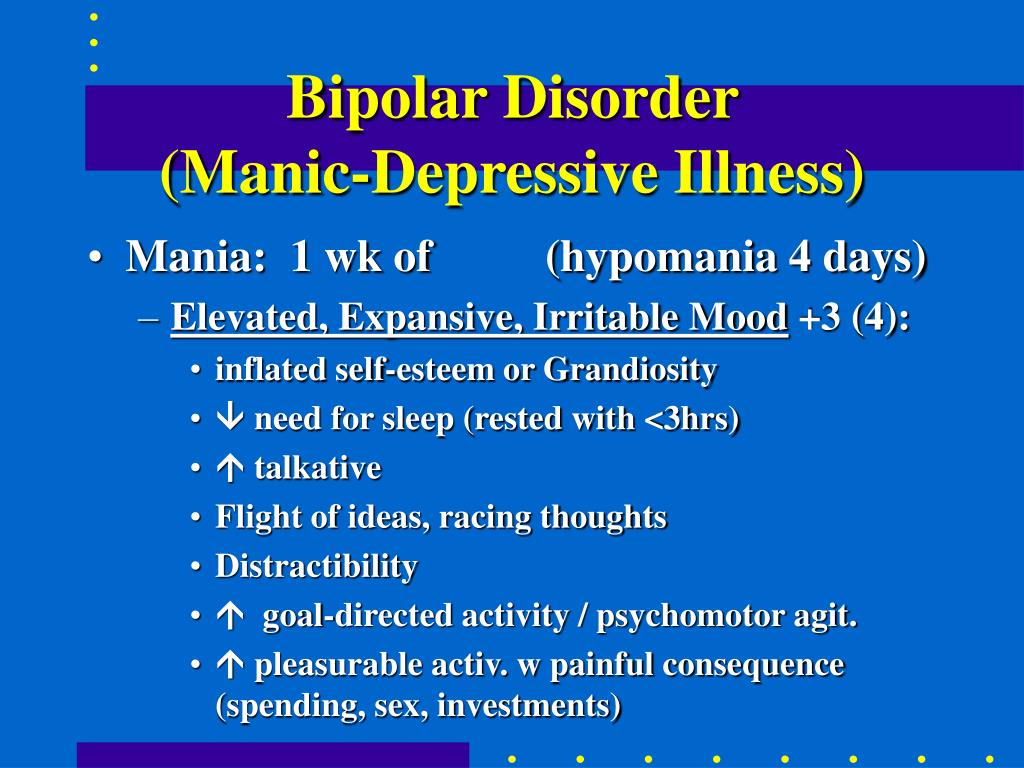 | People might notice changes, but your regular activities may still be maintained. |
| Delusions or hallucinations may occur. | Typically, delusions and hallucinations do not occur. |
| Feelings of invincibility are common. | Risk-taking is common. |
| You may feel “detached” from reality. | You may feel easily distracted. |
During a manic or hypomanic phase, you may not be able to recognize these changes in yourself.
The more severe symptoms of mania
Unlike hypomanic episodes, manic episodes can lead to serious consequences. When the mania subsides, you may experience remorse or depression for things you’ve done during the episode.
With mania, you may also have a break with reality. Psychotic symptoms can include:
- visual or auditory hallucinations
- delusional thoughts
- paranoid thoughts
Mania and hypomania are common symptoms of bipolar disorder.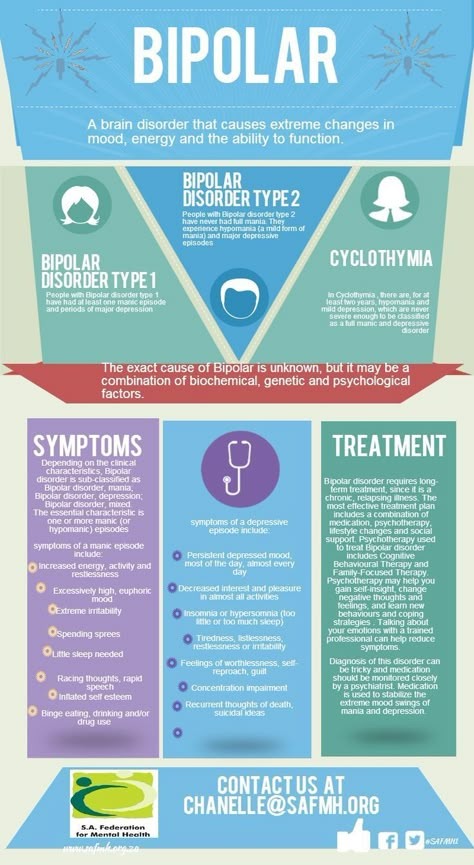 However, they can also be brought on by:
However, they can also be brought on by:
- sleep deprivation
- medication
- alcohol use
- drug use
The exact cause of bipolar disorder is unclear. Family history may play a role. You may be more likely to develop bipolar disorder if you have a family history of the illness.
Brain structure may also play a role, but there isn’t enough research to draw conclusions about this.
You’re at an increased risk of mania or hypomania if you’ve already had an episode. Your risk may also increase if you have bipolar disorder and are unable to take your medications as your doctor prescribes.
Mania and hypomania, as well as bipolar disorder itself, can’t be prevented. However, you can take steps to lessen the effects of an episode.
Maintaining your support systems and working with a mental health professional are two methods to lessen the possibility of an episode, as well as manage one if it occurs.
Above all, if you have a treatment plan, it’s important to stick with it. Take your medications as prescribed and keep an open line of communication with your doctor. Working together, you and your doctor can manage your symptoms and improve your quality of life.
Take your medications as prescribed and keep an open line of communication with your doctor. Working together, you and your doctor can manage your symptoms and improve your quality of life.
“Bipolar mania can be a scary thing to experience. But the good news is that bipolar disorder is treatable. Since receiving my diagnosis, I’ve found the right medication and the right dosage so that day-to-day life is totally normal.”
— Mara Robinson
If you believe you may be dealing with symptoms of mania, hypomania, or bipolar disorder itself, it’s a good idea to talk with your regular doctor first. During your appointment, your doctor will likely take your medical history and do a physical exam.
It’s important that you tell your doctor about all the prescription and over-the-counter medications and supplements you take, as well as any illegal drugs you may have taken.
If your doctor suspects you are indeed dealing with mania or hypomania, they will likely refer you to a mental health professional for an actual diagnosis.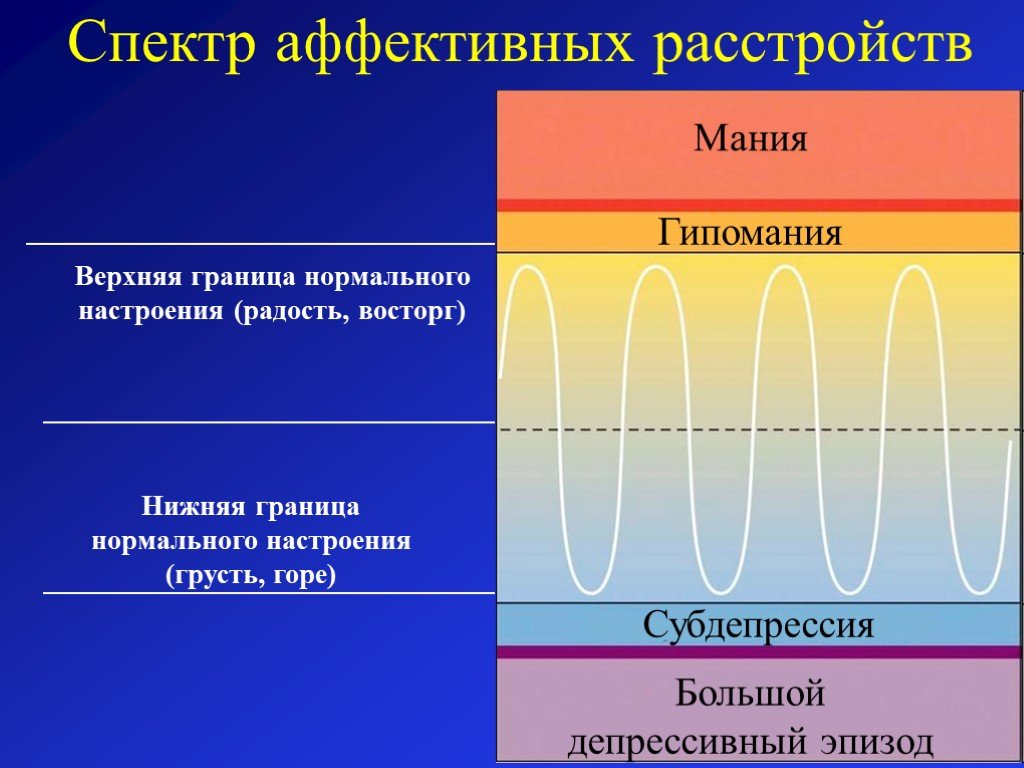
Diagnosing mania and hypomania can be complicated. For instance, you may not be aware of some symptoms or how long you’ve been having them.
Also, if you have depression but your doctor is unaware of your manic or hypomanic behavior, they may diagnose you with depression instead of bipolar disorder.
In addition, other health conditions can cause mania and hypomania.
Diagnosing mania
In most cases, symptoms must last at least a week for your doctor to diagnose them as mania. However, if your symptoms are so severe that you’re hospitalized, a diagnosis can be made even if the symptoms last for a shorter time.
Diagnosing hypomania
Your symptoms must persist for at least 4 days for your doctor to diagnose hypomania.
To treat mania and hypomania, your doctor may prescribe psychotherapy as well as medication. The medication can include mood stabilizers and antipsychotics.
You may need to try several different medications before your doctor discovers the right combination to treat your symptoms effectively.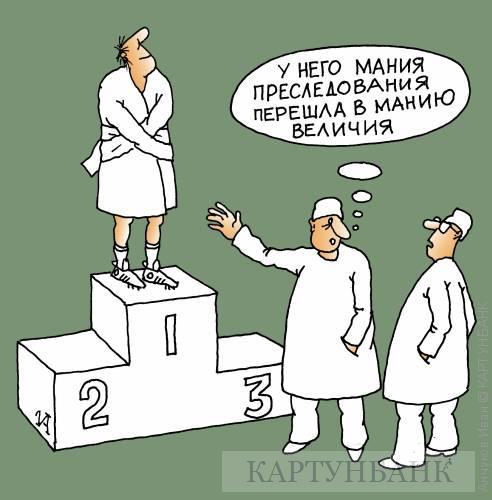
It’s important that you take your medication as your doctor prescribes. Even if you have side effects from the drugs, it can be dangerous to stop taking your medication without your doctor’s supervision.
If you have problems with side effects, talk with your doctor. They may be able to switch you to a different kind of treatment that isn’t so difficult on your body.
For hypomania, it’s often possible to cope without medication. Healthy lifestyle habits can help, such as:
- maintaining a balanced, nutritious diet
- getting physical activity every day
- keeping a regular sleep schedule and prioritizing rest
- keeping a journal that notes any mood changes or changes pointed out by loved ones
These tips can help you cope with mania and hypomania:
- Learning all you can about your condition. Mania and hypomania can be managed. Learn to recognize personal triggers so you can do your best to avoid them if possible.

- Keeping a mood diary. By charting your moods, you might be able to spot early warning signs. With your doctor’s help, you may also be able to prevent an episode from worsening. For instance, if you learn to spot the early warning signs of a manic episode, you can work with your doctor to manage it.
- Staying in treatment. If you have bipolar disorder, treatment is key. It might even be a good idea to get your family involved in therapy.
- Watching for suicidal thoughts. If you have thoughts of self-harm, speak with a trusted friend or family member immediately or contact a suicide prevention hotline.
- Reaching out to others for help. Asking for help is a strength, not a weakness. Talk with loved ones about your situation and how they can best help you succeed. Look up support groups for individuals living with bipolar disorder. The more support you have, the less alone you may feel.
Suicide prevention
If you have thoughts of harming yourself, tell your family or doctor right away.
You can also call the National Suicide Prevention Lifeline at 800-273-TALK (800-273-8255). Trained counselors are available 24/7.
Mania and hypomania are two common symptoms of bipolar disorder, but they can occur outside of that disorder as well. Both mania and hypomania can cause a marked increase in energy, uplifted emotions, risk-taking behaviors, and irritability.
While the episode may feel good while it’s occurring, both conditions can cause an individual to do things they might regret later.
Mania can be especially harmful if not properly managed.
Although these two mental health conditions share similar characteristics, the big differences between mania and hypomania are the severity and the length of time an episode lasts.
If you believe you or someone you love is experiencing a manic or hypomanic episode, talk with a mental health professional as soon as you can.
Manic episodes can be treated with medication, therapy, and support. Hypomanic episodes can sometimes be managed with lifestyle changes instead of medication.
Bipolar Disorder | Symptoms, complications, diagnosis and treatment
Bipolar disorder, formerly called manic depression, is a mental health condition that causes extreme mood swings that include emotional highs (mania or hypomania) and lows (depression). Episodes of mood swings may occur infrequently or several times a year.
When you become depressed, you may feel sad or hopeless and lose interest or pleasure in most activities. When the mood shifts to mania or hypomania (less extreme than mania), you may feel euphoric, full of energy or unusually irritable. These mood swings can affect sleep, energy, alertness, judgment, behavior, and the ability to think clearly.
Although bipolar disorder is a lifelong condition, you can manage your mood swings and other symptoms by following a treatment plan. In most cases, bipolar disorder is treated with medication and psychological counseling (psychotherapy).
Symptoms
There are several types of bipolar and related disorders.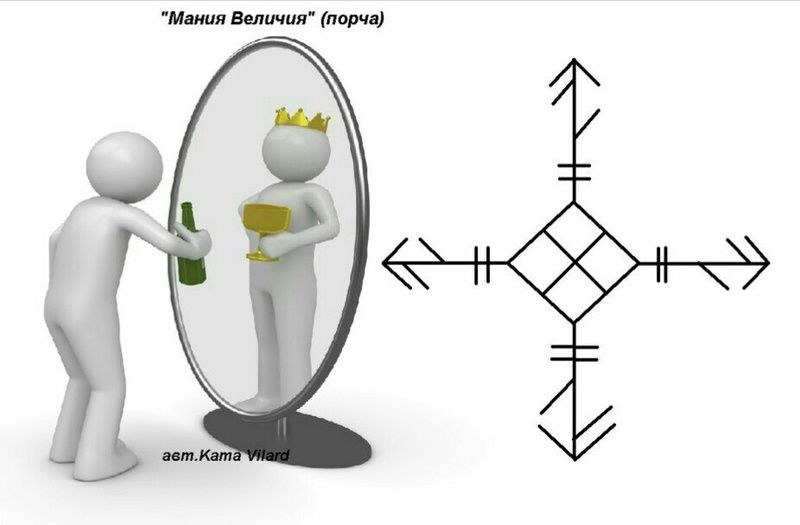 These may include mania, hypomania, and depression. The symptoms can lead to unpredictable changes in mood and behavior, leading to significant stress and difficulty in life.
These may include mania, hypomania, and depression. The symptoms can lead to unpredictable changes in mood and behavior, leading to significant stress and difficulty in life.
- Bipolar disorder I. You have had at least one manic episode, which may be preceded or accompanied by hypomanic or major depressive episodes. In some cases, mania can cause a break with reality (psychosis).
- Bipolar disorder II. You have had at least one major depressive episode and at least one hypomanic episode, but never had a manic episode.
- Cyclothymic disorder. You have had at least two years - or one year in children and adolescents - many periods of hypomanic symptoms and periods of depressive symptoms (though less severe than major depression).
- Other types. These include, for example, bipolar and related disorders caused by certain drugs or alcohol, or due to health conditions such as Cushing's disease, multiple sclerosis, or stroke.

Bipolar II is not a milder form of Bipolar I but is a separate diagnosis. Although bipolar I manic episodes can be severe and dangerous, people with bipolar II can be depressed for longer periods of time, which can cause significant impairment.
Although bipolar disorder can occur at any age, it is usually diagnosed in adolescence or early twenties. Symptoms can vary from person to person, and symptoms can change over time.
Mania and hypomania
Mania and hypomania are two different types of episodes, but they share the same symptoms. Mania is more pronounced than hypomania and causes more noticeable problems at work, school, and social activities, as well as relationship difficulties. Mania can also cause a break with reality (psychosis) and require hospitalization.
Both a manic episode and a hypomanic episode include three or more of these symptoms:
- Abnormally optimistic or nervous
- Increased activity, energy or excitement
- Exaggerated sense of well-being and self-confidence (euphoria)
- Reduced need for sleep
- Unusual talkativeness
- Distractibility
- Poor decision-making - for example, in speculation, in sexual encounters or in irrational investments
Major depressive episode
Major depressive episode includes symptoms that are severe enough to cause noticeable difficulty in daily activities such as work, school, social activities, or relationships. Episode includes five or more of these symptoms:
Episode includes five or more of these symptoms:
- Depressed mood, such as feeling sad, empty, hopeless, or tearful (in children and adolescents, depressed mood may manifest as irritability)
- Marked loss of interest or feeling of displeasure in all (or nearly all) activities
- Significant weight loss with no diet, weight gain, or decreased or increased appetite (in children, failure to gain weight as expected may be a sign of depression)
- Either insomnia or sleeping too much
- Either anxiety or slow behavior
- Fatigue or loss of energy
- Feelings of worthlessness or excessive or inappropriate guilt
- Decreased ability to think or concentrate, or indecisiveness
- Thinking, planning or attempting suicide
Other features of bipolar disorder
Signs and symptoms of bipolar I and bipolar II disorder may include other signs such as anxiety disorder, melancholia, psychosis, or others. The timing of symptoms may include diagnostic markers such as mixed or fast cycling. In addition, bipolar symptoms may occur during pregnancy or with the change of seasons.
The timing of symptoms may include diagnostic markers such as mixed or fast cycling. In addition, bipolar symptoms may occur during pregnancy or with the change of seasons.
When to see a doctor
Despite extreme moods, people with bipolar disorder often do not realize how much their emotional instability disrupts their lives and the lives of their loved ones and do not receive the necessary treatment.
And if you are like people with bipolar disorder, you can enjoy feelings of euphoria and be more productive. However, this euphoria is always accompanied by an emotional disaster that can leave you depressed and possibly in financial, legal, or other bad relationships.
If you have symptoms of depression or mania, see your doctor or mental health professional. Bipolar disorder does not improve on its own. Getting mental health treatment with a history of bipolar disorder can help control your symptoms.
💊 Mania and hypomania: what is their danger?: symptoms, diagnosis, 😷 treatment, prevention 🏥
The concepts of mania and hypomania appeared in psychiatry not so long ago. Mania and hypomania are mood disorders or so-called mood disorders. Mania is a disorder characterized by high mental arousal and sudden mood swings. Hypomania is a milder form of manic disorder. Mania and hypomania can be both long-term and short-term.
Mania and hypomania are mood disorders or so-called mood disorders. Mania is a disorder characterized by high mental arousal and sudden mood swings. Hypomania is a milder form of manic disorder. Mania and hypomania can be both long-term and short-term.
Submit an application for diagnosis and treatment
I confirm that I accept the terms of consent to the processing of personal data.
Mostly mania and hypomania occur in bipolar affective disorder, but sometimes they are provoked by some severe neurological lesions of the brain, sleep deprivation and other conditions. It is noteworthy that doctors often do not consider it necessary to treat hypomania, it usually benefits many creative individuals. But mania, turning into psychosis, needs to be treated. Moreover, in the hospital.
More about mania
Mania, also known as manic disorder, is the opposite of depression. And, if depression is characterized by a breakdown and loss of interest in life, then with a manic disorder, the patient suffers from increased excitability, a surge of energy and frequent mood changes.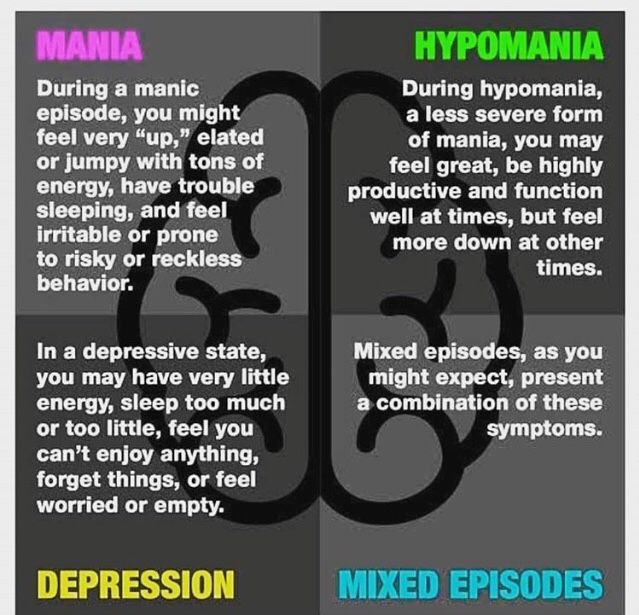
Typical signs of classic mania:
-
Hyperthymia - elevated mood;
-
Psychomotor agitation, motor activity;
-
Increased brain activity.
From the outside, a person can look extremely cheerful, cheerful and active. The main symptom of this condition is an inexplicable, logically unfounded feeling of happiness that a person experiences for several days or weeks. A person suffering from mania is not afraid of any troubles and troubles in life - he literally feels on top of the world and is ready to overcome any obstacles.
Very often, during the period of mania, the patient takes on impossible tasks, looking for new hobbies, because he feels an irresistible desire to direct energy to some activity. He is attracted to the most complex and crazy ideas: it can be learning a foreign language, skydiving, diving, horseback riding. At first glance, it may seem that this state leads to high productivity, but this is not so: having taken up a task, a person instantly loses interest in it and is looking for a new occupation.
During the period of mania, the human brain is able to solve the most complex intellectual problems. He longs to throw out energy in any way and, in this regard, may behave inappropriately. In this state, a person is a danger to himself and others. His ability for self-criticism and behavior control is reduced, and when others try to stop him, he instantly gives out an angry reaction. Patients during the period of mania sleep 2-3 hours a day or do not sleep at all.
In bipolar disorder, mania alternates with depression or hypomania. The danger of this disease lies in the frequent change of mood and loss of self-control.
How is mania different from hypomania?
Hypomania is a milder form of mania. With hypomania, mental arousal and motor activity are less pronounced.
The main symptoms of hypomania:
-
elevated mood;
-
High physical and mental activity;
-
Increased sociability;
-
Disregard for social norms;
-
Increased or decreased appetite;
-
Increased sexual activity.
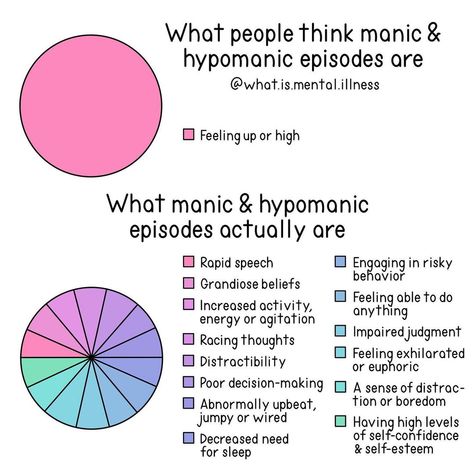
It is worth remembering that the diagnosis of hypomania is relevant only if such behavior has not been characteristic of a person throughout his life. If a person, being calm, balanced and unsociable, for some unknown reason, became excitable and energetic, hypomania should be considered first of all.
Hypomania is a common symptom of bipolar affective disorder, or bipolar disorder. But, in addition, hypomania can be a consequence of:
-
The use of narcotic drugs;
-
Organic diseases of the brain and craniocerebral injuries;
-
Improper functioning of the thyroid gland and an excess of hormones.
In any case, hypomania is a symptom, a sign of something. And this condition cannot be ignored. Mostly we are talking about BAD, which is a disease with a high mortality rate, including those associated with the risk of suicide and comorbid somatic diseases. The lifetime risk of completed suicide in bipolar disorder is 20%, which is 20–30 times higher than in the general population and higher than in recurrent depression.

